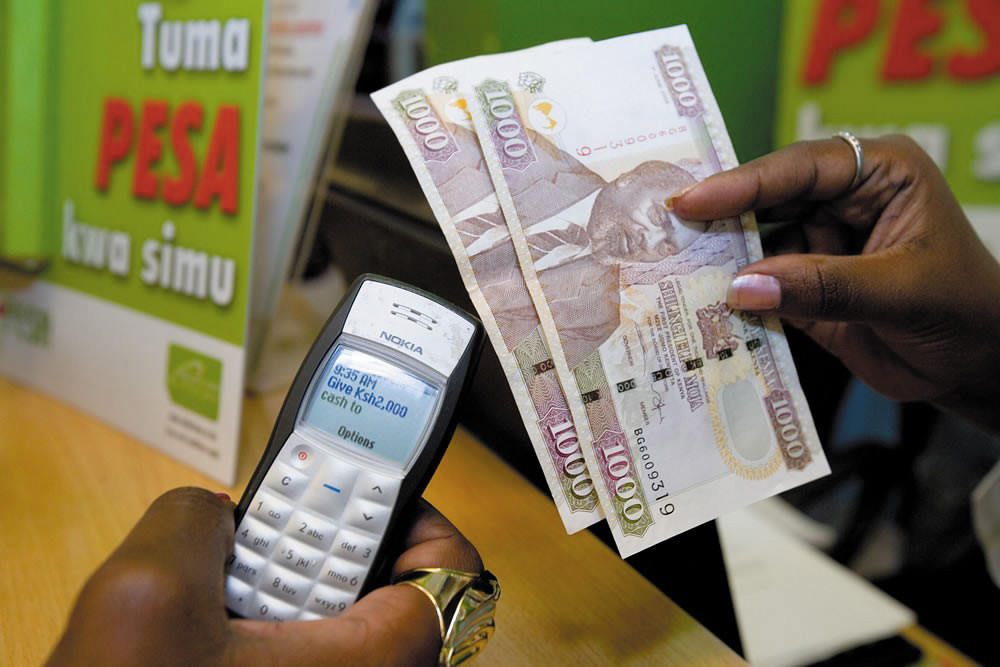







Mobile Money Services, a category of Financial Technology (FinTech), are applications that enable financial transactions on a mobile phone. These transactions could be, withdrawals, and electronic transfers. Mobile Money Services have become ubiquitous globally and are essential tools in Financial Inclusion for many in developing countries, allowing individuals who were previously unable to access formal financial services, become a part of the formal financial system. It is driving economic growth and facilitating the end of poverty for segments of populations.
A recent GSMA Report on global mobile money penetration shows that globally there are 272 live mobile money services in 90 countries, with 866 million registered accounts, with $1.3billon worth of transactions carried out daily.
Several products are offered under the broad umbrella of mobile money some of them are Peer to Peer Money Transfers (P2P), Bill payments/receipts, Retail and Service payments, Salary disbursement/receipts, Remittances (both domestic and or international), Money storage/savings. It is an industry that is continuously evolving and innovating thus introducing new services and modifications frequently. The most popular of these is the peer to peer money transfers.
One notable success in the mobile money service is M-pesa, which was launched by Safaricom a Telecommunications Company partly owned by Vodafone in Kenya in 2007, pilot phase partly funded by DFID. The product is named M-PESA, for M for mobile and the Swahili word “Pesa” which means money. M-pesa is a short messaging service (SMS) based product. It was developed as a product to help the unbanked population, to be able to access financial services. The product was positioned as a safe and easy way to “send money” home.
Customers can also purchase airtime, make bill payments, ATM withdrawals, purchase goods, and services. Within the first year of its launch, there were 2 million users of the product, far exceeding projections that were made for it. At the 10th anniversary celebration of its launch, M-Pesa had spread to 10 countries globally, with over 287,400 agents, with 29.5 million active customers, doing 614 million transactions per month, at 529 transactions per second. As of December 2018, there are 20.5 million 30-day active users, in Kenya alone.
The product was initially an application embedded in the SIM Toolkit (STK)Menu of the SIM card and delivered by SMS, with backend connectivity to an in house system. Embedding the product on the STK menu ensured that there is an assurance of a high level of security and usability. Customers who wanted to use the product at the initial stages of the launch had to have their SIM cards swapped for ones that the product, Safaricom ensured that this was done in a way that was streamlined to reduce inconvenience and facilitate ease of adoption. Now every SIM card on any Vodafone network that has M-pesa as a product, has M-pesa embedded.
Currently, M-pesa is accessible via the SIM toolkit menu, the mysafaricom app for phones and on PCs.
Through Continuous innovation, the product has now evolved into a platform that supports connectivity to external systems and organizations such as other fintech providers: western union, PayPal, VISA international ATM services, utility service providers and traditional banking institutions. Through its G2 platform (2nd Generation) there are now, versatile system integration capabilities, to allow system developers to connect through secure application programming interfaces(API). Even though the back end has evolved over the years, part of the phenomenal success has been due to the simplicity of use and the same user experience irrespective the sophistication of the phone.
M-pesa is regulated by the financial regulatory bodies of the countries within which they operate, and a conducive regulatory framework has been partly responsible for its success, in some of the countries, Kenya, for instance, it was a case of regulation following innovation as there was no existing regulation for mobile money services, thus the provider was allowed flebility to operate, while ensuring that the product was secure and robust.
There was a demand for the service due to lack of other competitive money transfer services and the need to reduce dependency on cash for security reasons. Also, national money transfer is a common practice in Kenya especially amongst urban migrant workers who send money back to their families in the villages. Prior to M-pesa many people would have to resort to sending money with someone (possibly a stranger) who was travelling to their village. The ability to roll out to rural areas was particularly important as access to financial services in these areas were either very limited or non-existent. The use of existing shops and businesses as outlets for agents reduces the cost of deployment and brings more convenience while lowering the cost of access to the customer. The combination of all these factors has led to the continuing success of M-pesa. A study by two researchers examined the impact of the network in households between 2008 and 2014, they analyzed factors such as proximity to a participating agent, professions and spending habits. Their analysis found that, as a result of M-Pesa’s proliferation, there is financial resilience and 2% of Kenya’s households had been lifted out of poverty. The study further established (due to the lack of physical cash in these households) that there was better financial management. These results were especially among female-headed households, as M-pesa had inspired a surprising occupation shift among women, from farming to business occupations.
http://siteresources.worldbank.org/AFRICAEXT/Resources/258643-1271798012256/YAC_chpt_20.pdf